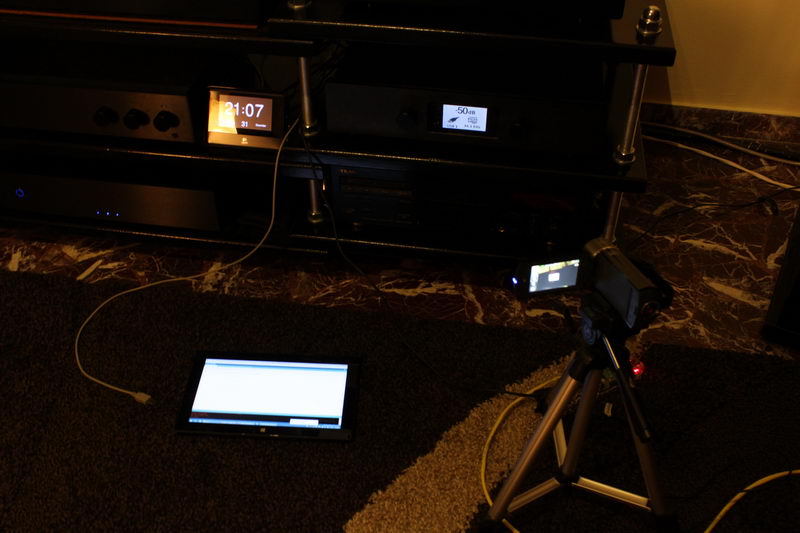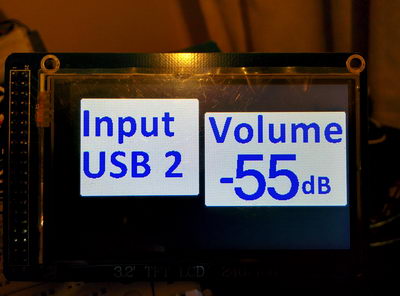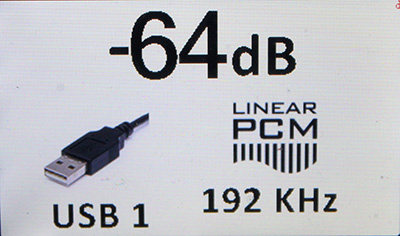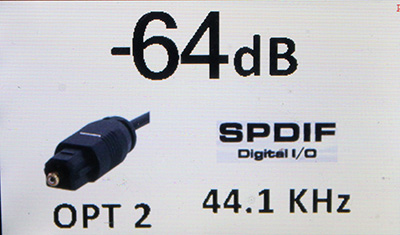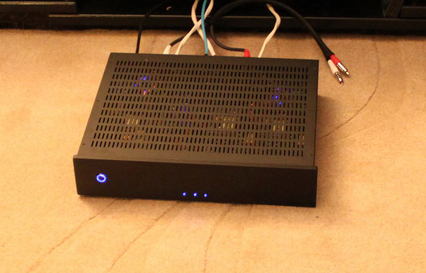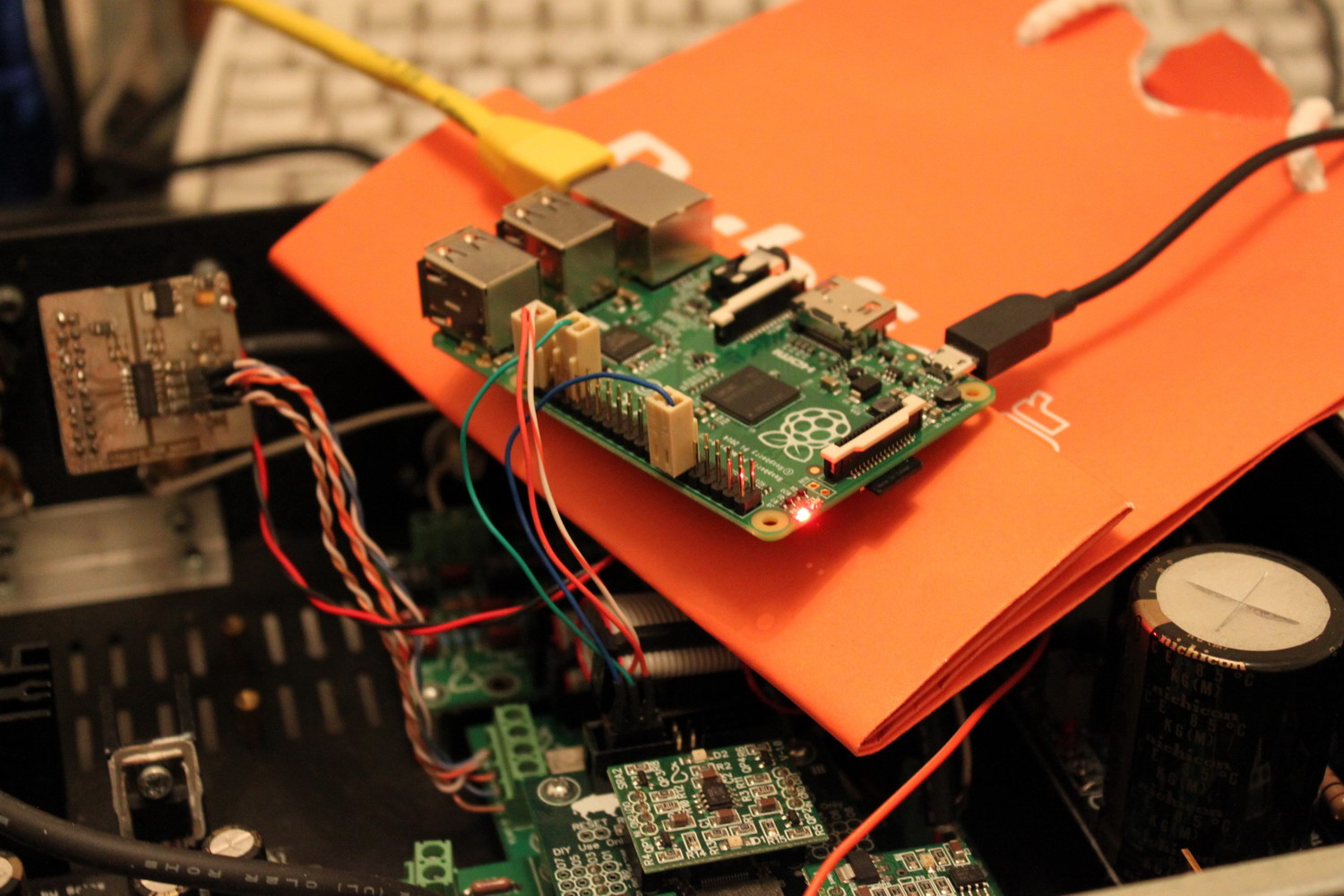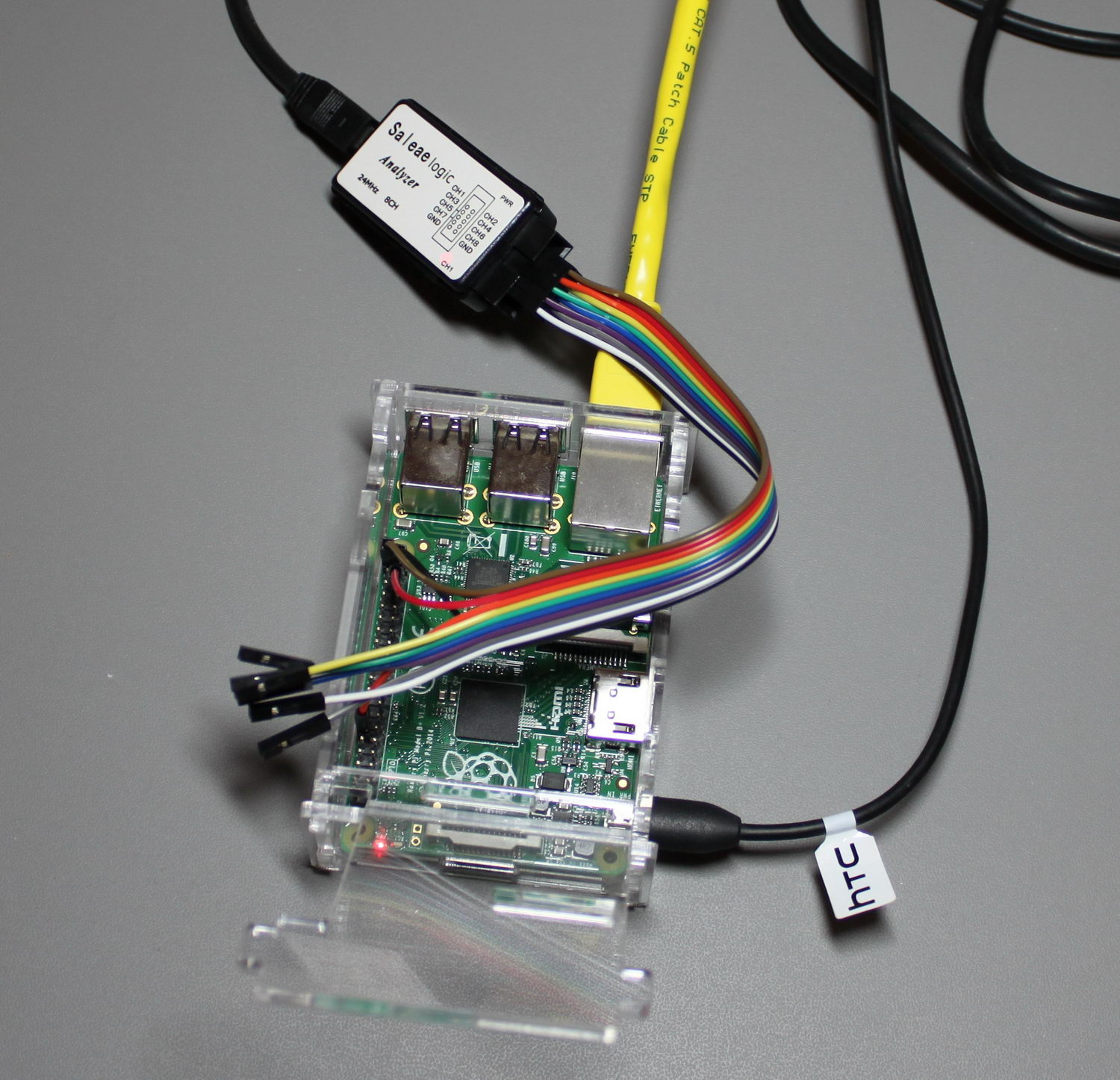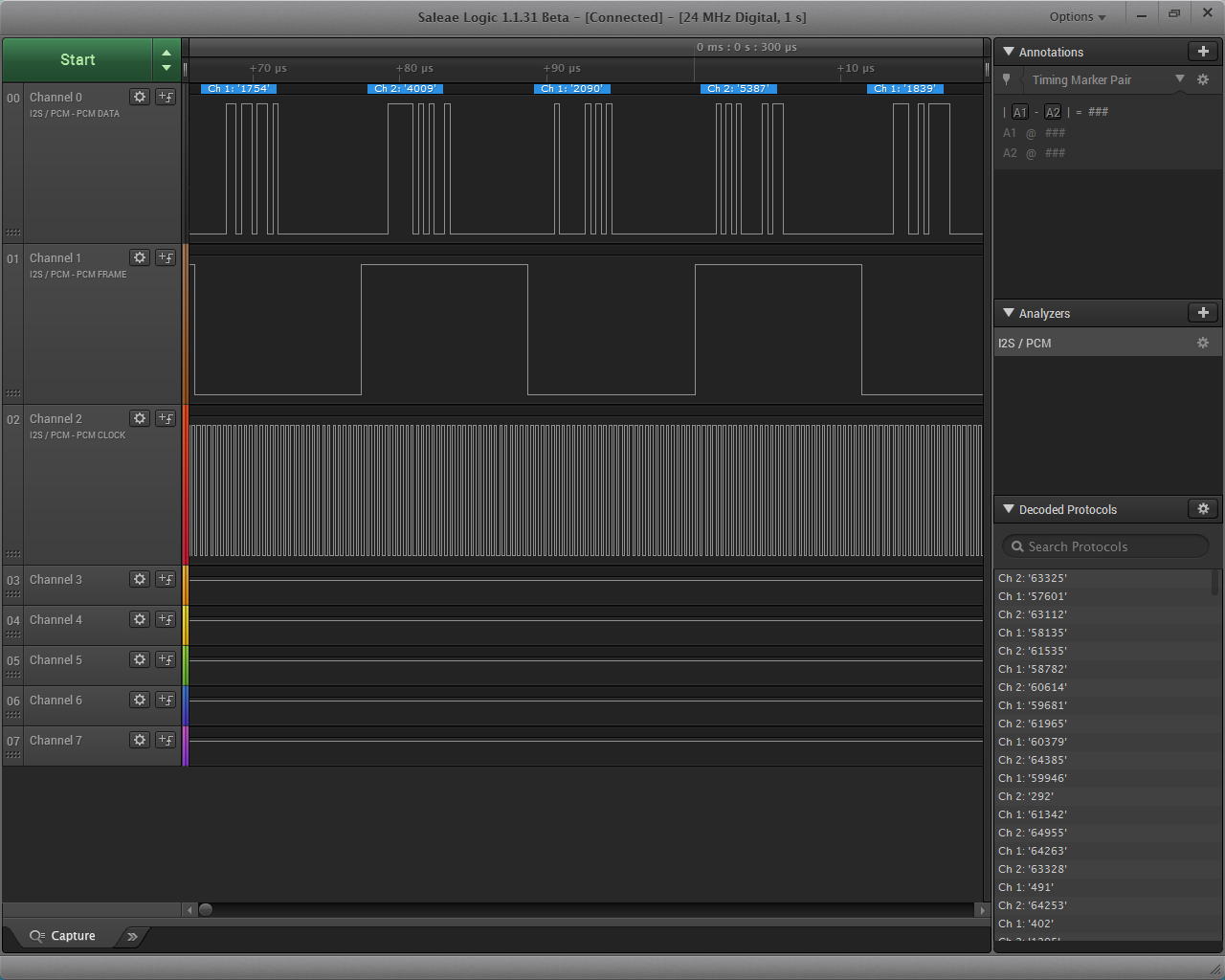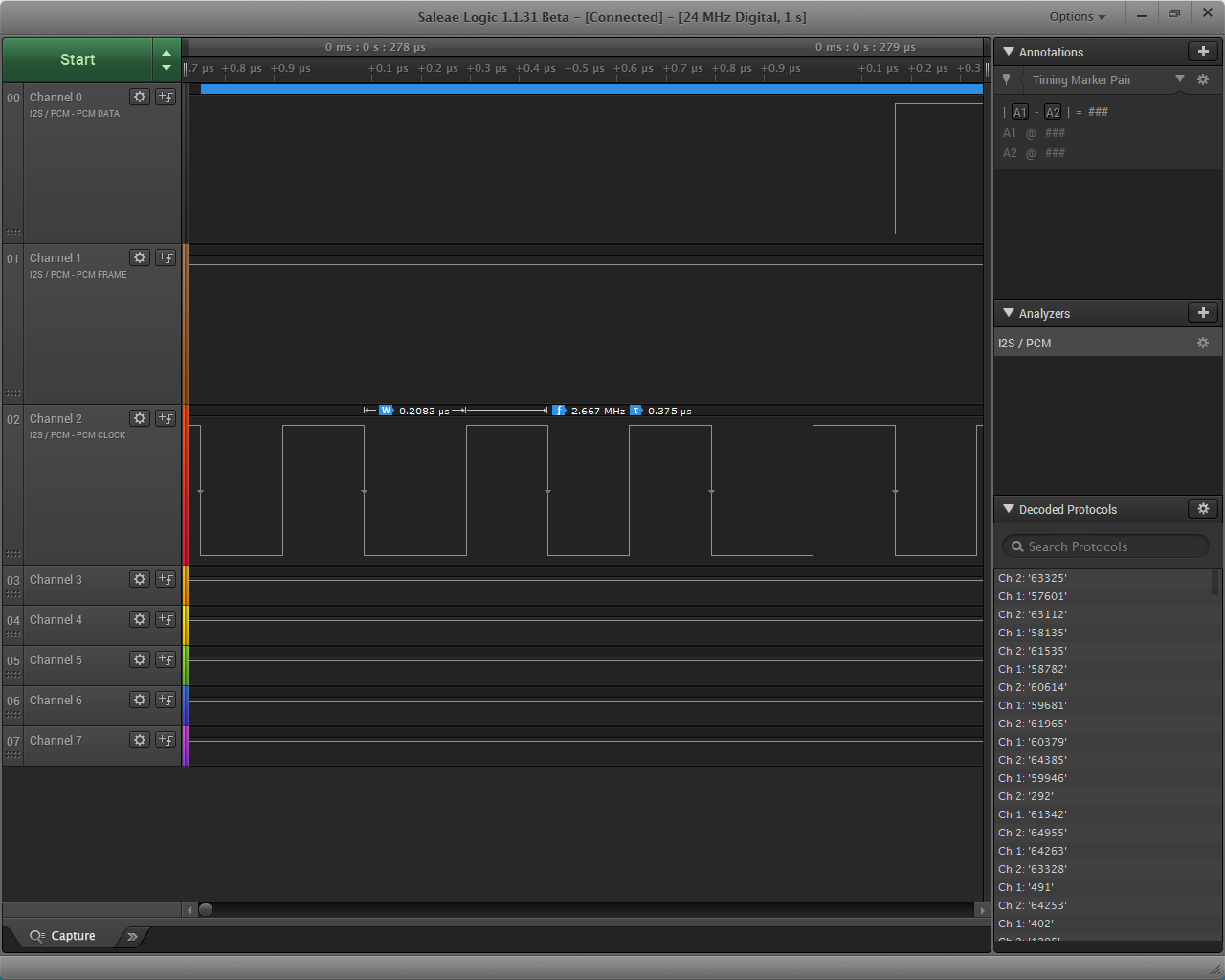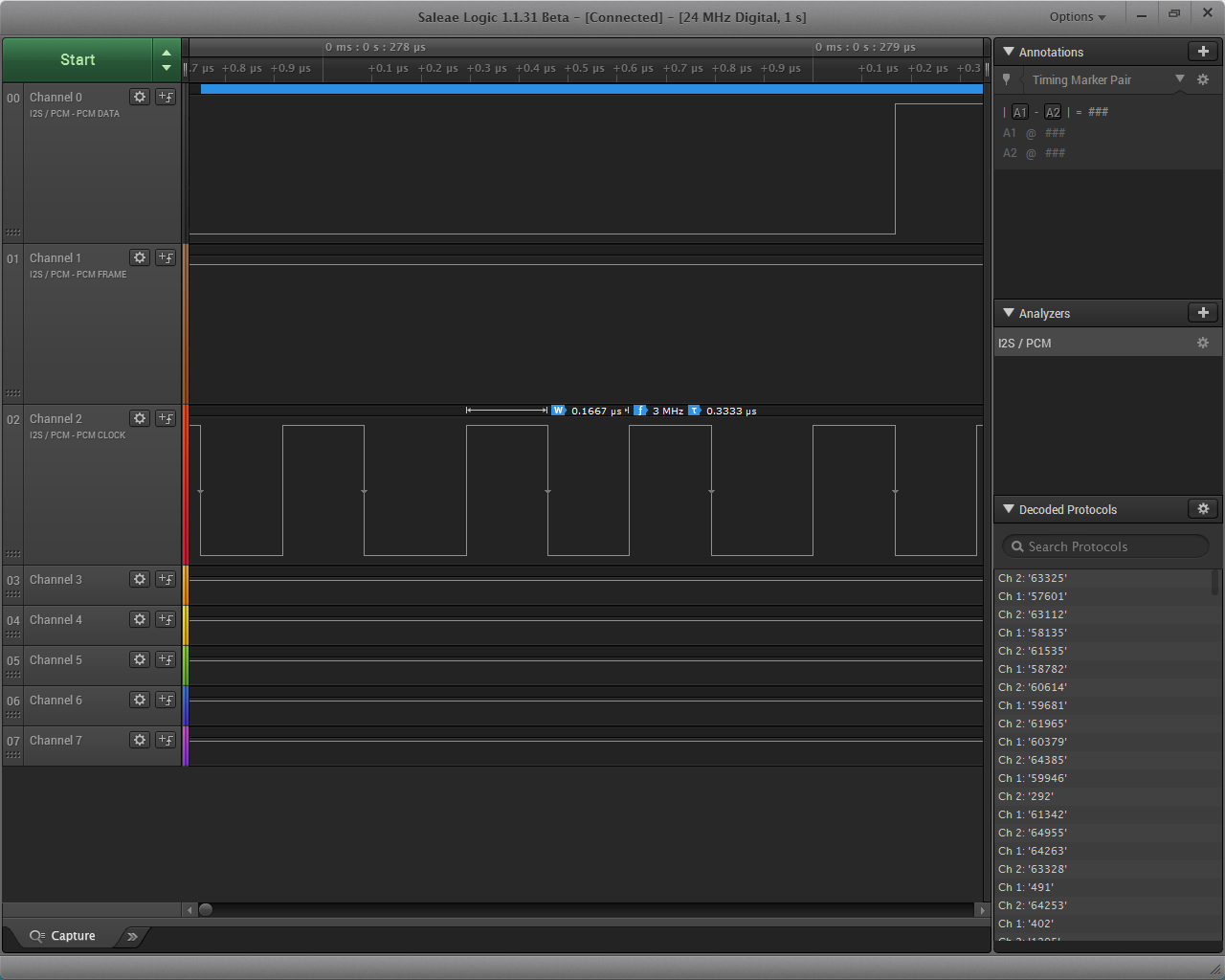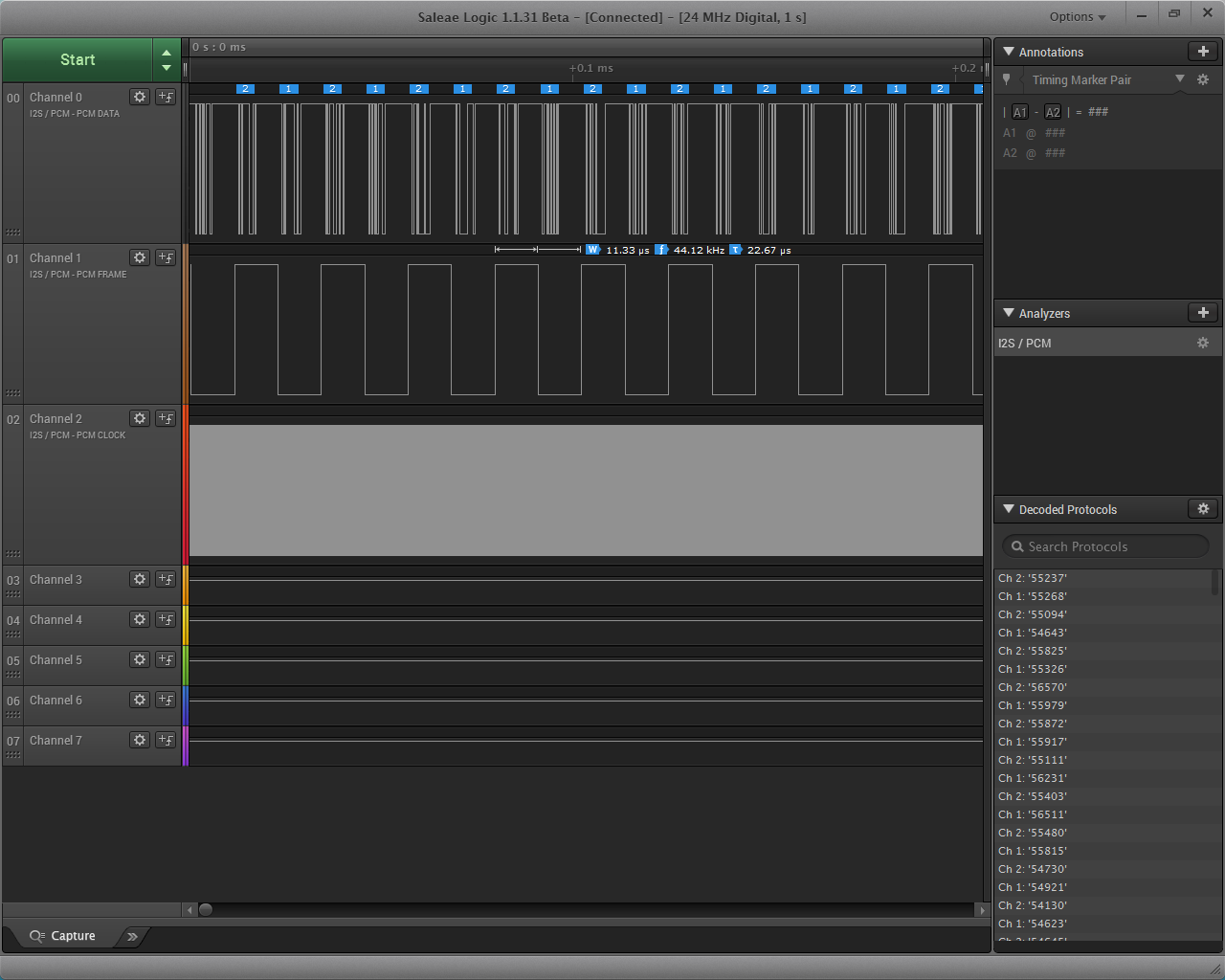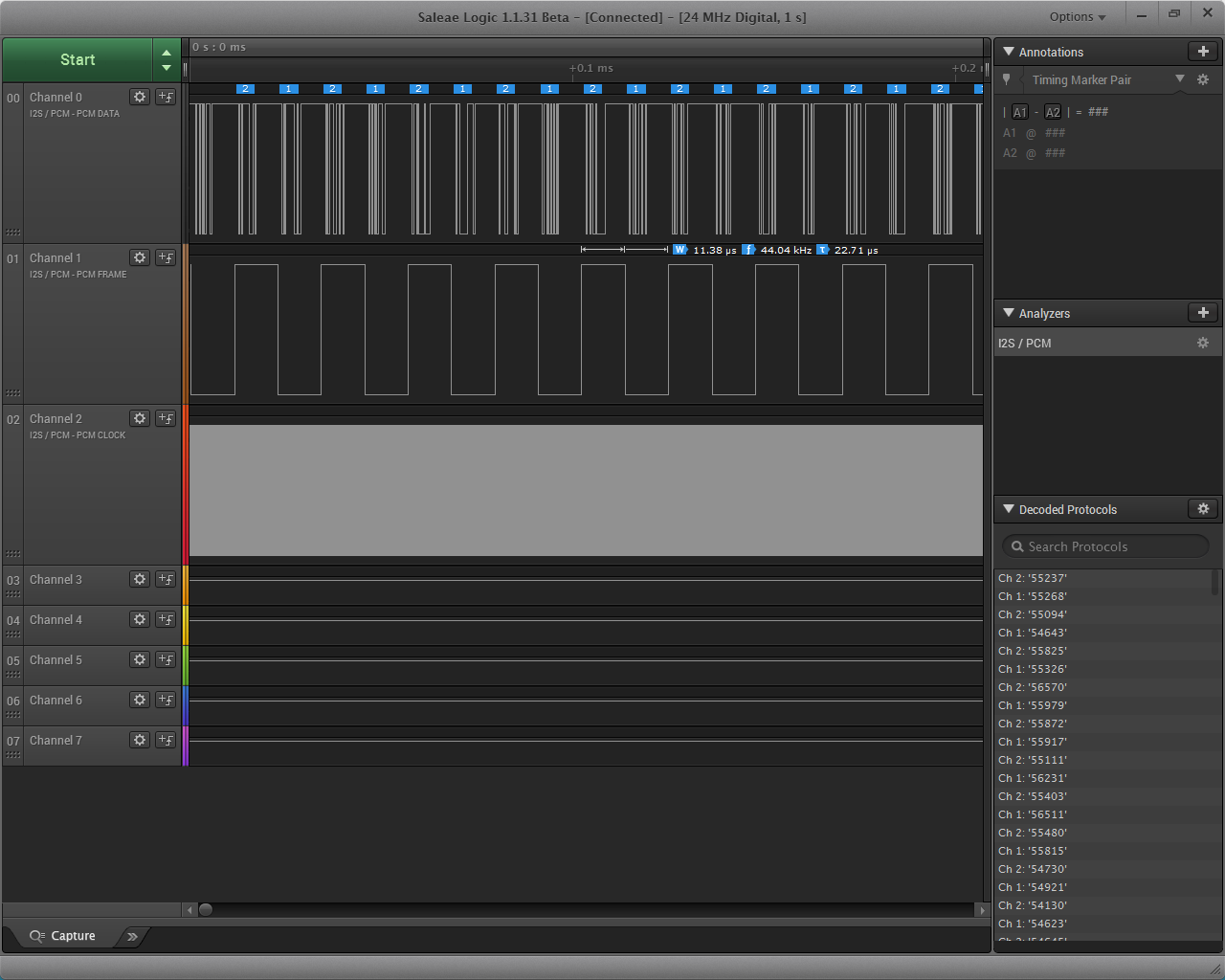It’s official: Version 2 of the TFT HiFiDuino controller is complete!
There is a number of changes, thus the new version:
- New minimal display mode as default. Goes into full display when changes are to be made to parameters.
- Full graphics support in the minimal display.
- New proportional fonts (TrueType).
- New IR code. Now supports a much larger range of remote manufacturers.
- Support of MCP23008 IC to control misc devices.
- New option to set 0db as default (power-on) volume for connection to a preamp.
The code is (and will remain) compatible with my current shield. (Hint: shield v2 is also coming up!)
New requirements:
Plus the good old UTFT library.
I am including the necessary fonts and bitmaps in the ZIP. The fonts should go into your UTFT & UTFT_DLB directories, usually found in the Windows user’s Documents folders (for example, here: c:\Users\<user name>\Documents\Arduino\libraries\UTFT_DLB\).
The bitmaps should go into your sketch’s folder.
I have included in several places in the code SerialUSB output for debugging purposes. It is commented out in this release for performance purposes. However, it is very easy to re-enable for either debugging or viewing of the IR codes sent to the Arduino. You may use these IR codes to customize the code to support your remote by changing the relevant #define statements in the Remote control definitions section.
Due to code size and performance requirements I’m afraid that from v2 onwards TFT HiFiDuino will only be compatible with the Arduino Due. Sorry, it’s the price to pay for nice graphics. Thankfully, it’s a pretty low price. 😛
You may download it here: TFT_HiFiDuino_v2.xx (27657 downloads ) (Note: As always, the code on this page may not be the current one, i.e. there may be a newer version available. The latest version is always up at the project’s official page.)
I will soon update the code’s official page to v2.

